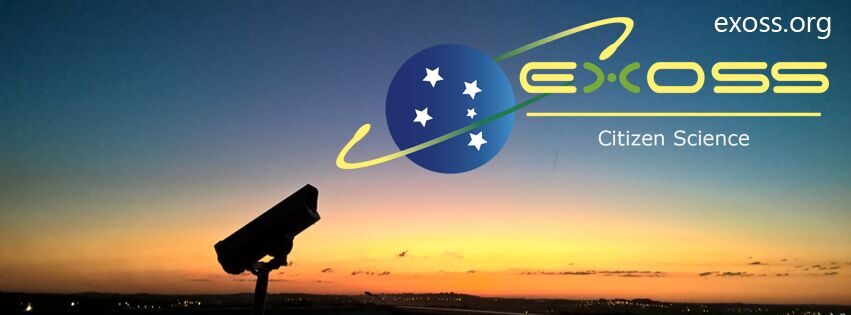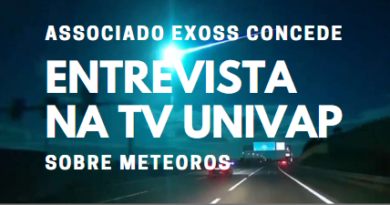Superbólido registrado próximo à costa brasileira
Deste o dia de 20 fevereiro, está sendo noticiado os dados que um bólido explodiu próximo à Costa Brasileira, de acordo com o site http://neo.jpl.nasa.gov/fireballs/. Desde a semana passada a Exoss vem acompanhando essa notícia, e publicamos, o mapa mundi, mostrando a plotagem de todos os bólidos levantandos pelo referido site.
Mapa dos superbólidos de 2006 até hoje
SUPERBÓLIDO REGISTRADO PROXIMO À COSTA BRASILEIRA [atualização]Deste o dia de 20 fevereiro, está sendo noticiado os dados que um bólido explodiu próximo à Costa Brasileira, de acordo com o site http://neo.jpl.nasa.gov/fireballs/. Desde a semana passada a Exoss vem acompanhando essa notícia, e publicamos, o mapa mundi, mostrando a plotagem de todos os bólidos levantandos pelo referido site.Notem que no segundo mapa demonstramos que o superbólido – o ponto vermelho aparece longe da costa brasileira. Vale esclarecer que o evento não foi visto ou ouvido, dado a sua grande altura e a grande distância do nosso litoral.Fireball and Bolide ReportsFireballs and bolides are astronomical terms for exceptionally bright meteors that are spectacular enough to to be seen over a very wide area. The following table provides a chronological data summary of fireball and bolide events provided by U.S. Government sensors. Ground-based observers sometimes…neo.jpl.nasa.gov
Posted by Exoss Citizen Science on Tuesday, February 23, 2016
Notem que no segundo mapa demonstramos que o superbólido – o ponto vermelho aparece longe da costa brasileira.
Vale esclarecer que o evento não foi visto ou ouvido, dado a sua grande altura e a grande distância do nosso litoral, a uma distância de 1.942 km. A explosão calculada no site indica o valor de 13 kton, equivalente a uma bomba de fissão nuclear do tipo ocorrida em Hiroshima
No mapa de relevo do mundo abaixo, o circulo vermelho é a área estimada onde o evento do superbólido seria visto.
Fireball and Bolide Reports
Fireballs and bolides are astronomical terms for exceptionally bright meteors that are spectacular enough to to be seen over a very wide area. The following table provides a chronological data summary of fireball and bolide events provided by U.S. Government sensors. Ground-based observers sometimes:
neo.jpl.nasa.gov
Veja uma simulação feita por David L. Clark, de Ontário, Canadá.
February 6, 2016 super-bolide over the South Atlantic.
View in HD: Near mid-day on February 6 a large meteoroid exploded over the South Atlantic with the energy of a 13 kiloton nuclear explosion. Taking that energy, the objects relatively low speed, and an "average" object composition, I calculate the object to be about 6 metres in diameter and weighing in at about 450,000 kilograms. This is a very interesting object, in that it spent all of its time orbiting the Sun interior to Earth's orbit. Its farthest point from the Sun (called the aphelion) just happened to be directly in the path of the Earth. As can be seen in this animation (and realizing the motions are relative and some one say such a statement is somewhat meaningless), it didn't hit us, it got in the way and we ran into it. The animation shows the object half Sun lit when approaching the Earth, since at this time it was directly in from of the Earth in Earth's orbit. Although the object spent most of its time in the direction of the Sun, and thus very hard to detect, it was visible for a few days prior to its stepping in front of a speeding Earth and its ultimate demise.The full resolution (and large) AVI file can be had at: http://physics.uwo.ca/~dclark56/Miscellaneous/Ext/20160206-135509.avi
Posted by David L. Clark on Saturday, February 20, 2016
Comentários
Powered by Facebook Comments





